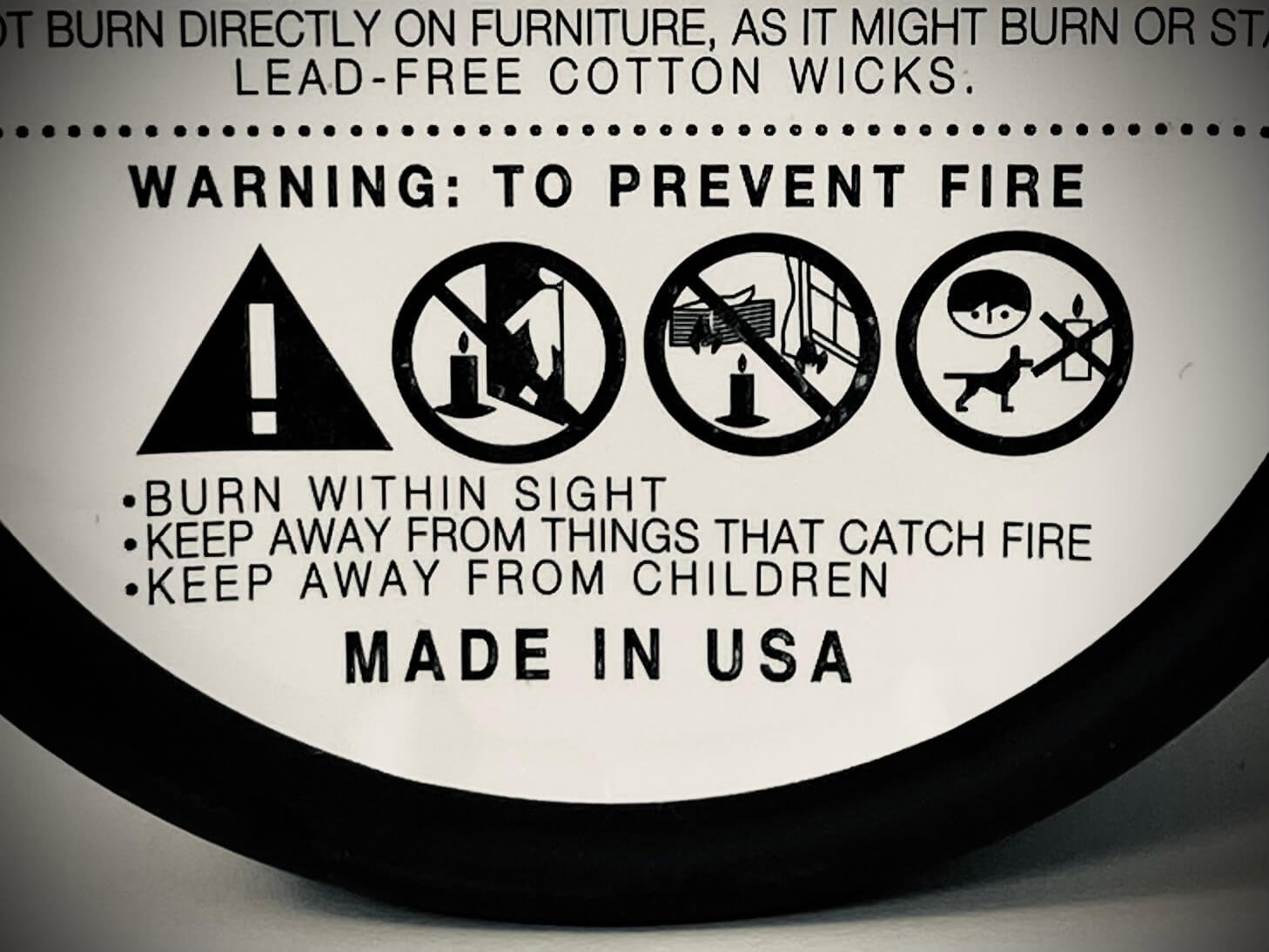Why Brands Should Build an Army of Advocates...
Word of mouth has traditionally been underutilized by marketers.
Its importance has always been apparent. Every piece of research I’ve ever done has had recommendation from friends or family as the first or second source of new customers. But it’s always been difficult to measure and control, and turn into a meaningful marketing campaign.
However, the need for positive word of mouth has never been greater.
As trust in pretty much all kinds of media has declined, it’s recommendations from people I know, and consumer opinions posted online that stand out as authentic voices. And with media and customer attention fragmenting, these voices are increasingly defining brands as they share customer experience. United Airways might have advertised “fly the friendly skies”, but the widely shared video of a customer being forcibly removed from his seat spoke to the brand’s priorities.
Today, every brand has to have a word of mouth strategy.
The Marketing response has been influencer marketing. This fits nicely with the marketing world, a natural evolution from celebrity endorsements to paying influencers with high follower counts on social media. It’s a paid media that can be managed and to some degree measured. And it offers reach, engagement, and a more trustworthy voice than paid advertising.
It’s certainly proven to be a powerful promotional tool. But whether influencers offer a trusted opinion to build brands is increasingly questionable, as they are becoming almost indistinguishable from celebrities. And the New York Times recently exposed how even the degree of reach and engagement being paid for can be suspect.
What a brand really needs is an army of authentic voices out there, telling everyone about their positive experiences and spontaneously defending the brand from criticism. Organic word of mouth, rather than paid media.
I’ve experienced the power of this first hand, but building it is not easy. Compared to paid media, it’s messy and uncomfortable. However, I found this five-step framework helpful:
Identify your advocates
Not every satisfied customer is a talker. The key is to find people who are influential among their own circle of friends. And while the starting point is customers, they can also be found among employees, suppliers and partners.
Give them something to talk about
Rather than attempting a one off viral hit, provide a constant stream of stories to provoke discussion. I’ve found those that reveal the brand purpose in action, or show employees going the extra mile for customers work best. Who hasn’t heard stories about Zappos’s or Nordstrom’s exceptional service?
Invite them to participate
Don’t treat your advocates as a media, disseminating the brand’s communication. This is an easy trap to fall into, particularly with employees or suppliers. Rather think of them as co-creators, so that they feel part of the “inside” team. Just ensure they understand your branding.
Make it worth their while
This doesn’t mean paying for coverage, otherwise you again run the risk of undermining authenticity. Show gratitude by acknowledging them, when you see them engaging with your content and spreading the word.
Monitor what’s being said
It may not be precise measurement, but constantly reviewing conversations and feedback about your brand gives a sense of which stories are cutting through, how much word of mouth is being generated, and how far it is spreading.
However, there is an essential precondition. The brand needs to matter to people in the first place, so that people want to talk positively about it.
If not, the brand is just marketing to consumers. Instead of creating an army of advocates, it’s left with trying to buy influence. In other words, paid media, rather than organic word of mouth...









